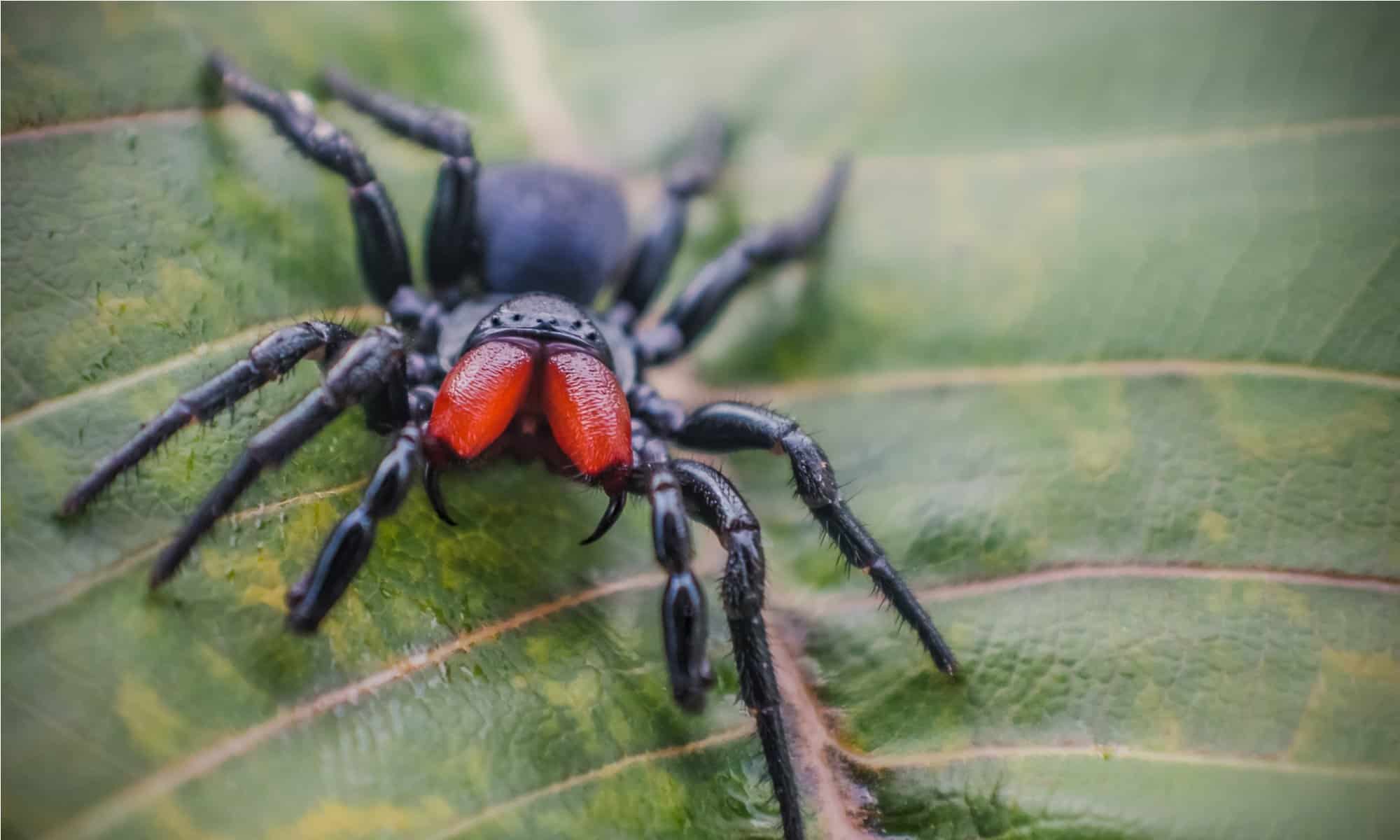
The mouse spider is a fascinating arachnid that often goes unnoticed due to its small size and reclusive nature. However, despite its unassuming appearance, this spider possesses some extraordinary qualities that set it apart from other species. From its venomous bite to its unique hunting habits, the mouse spider has captured the attention of researchers and animal enthusiasts alike. In this article, we will delve into eight fascinating facts about the mouse spider that will give you a deeper understanding of this remarkable creature. Whether you have a curiosity for spiders or simply want to expand your knowledge of the animal kingdom, join us as we explore the intriguing world of the mouse spider.
Key Takeaways:
- The Mouse Spider is a dangerous yet fascinating creature with a mouse-like appearance and deadly venom. It’s native to Australia and uses ambush hunting techniques to capture its prey.
- While Mouse Spiders are not aggressive towards humans, their venomous bite can cause serious illness. Fortunately, antivenom is available in Australia, and immediate medical attention is crucial if bitten.
A Deadly Reputation
The Mouse Spider, also known by its scientific name Missulena, is notorious for its venomous bite and is considered one of the most dangerous spiders in Australia. Its bite contains potent neurotoxins that can cause severe pain, swelling, and, in some cases, serious illness.
Mouse-like Characteristics
The Mouse Spider gets its name from its mouse-like appearance. With its stocky body and short legs, it resembles a small mouse. These spiders can grow up to 1.5 inches in length and can vary in color from black to dark brown or sometimes reddish.
They are Native to Australia
The Mouse Spider is a native species of Australia and can be found in various parts of the country, including coastal regions and arid areas. They tend to inhabit burrows or hide in soil, often near rivers, lakes, or wetlands.
Sexual Dimorphism
One interesting characteristic of the Mouse Spider is sexual dimorphism. The males are smaller and have more contrasting colors compared to the females. Male Mouse Spiders also possess distinct red or bluish coloration on their heads, while females have a more uniform appearance.
Ambush Predators
Mouse Spiders are ambush predators that lie in wait for their prey. Typically, they stay hidden in their burrows or under leaf litter, using their sensitive long front legs to detect vibrations of passing insects. Once prey is sensed, they quickly emerge and capture their meal.
Different Hunting Techniques
There are several hunting techniques employed by Mouse Spiders. Some species build trapdoor burrows with a hinged lid to catch unsuspecting insects. Others construct silk tubes with trip lines, and when an insect touches the line, the spider rushes out to attack.
Limited Human Encounters
The good news is that Mouse Spiders are not aggressive towards humans and will usually only bite if provoked or threatened. However, it’s important to exercise caution when handling or approaching these spiders as their bites can still be dangerous.
Antivenom Availability
Though Mouse Spider bites can be venomous, antivenom is available in Australia. Medical professionals are well-equipped to provide the necessary treatment in case of an envenomation. It is essential to seek immediate medical attention if bitten.
Conclusion
There’s no denying that the mouse spider is an extraordinary creature that deserves our admiration and respect. With its unique physical attributes, venomous bite, and fascinating behaviors, it stands out as a truly remarkable species. Whether you find them intriguing or a bit unnerving, learning about these spiders offers valuable insights into the diversity of our natural world.
As researchers continue to study these creatures, we can expect to uncover even more extraordinary facts about the mouse spider. By raising awareness and understanding, we can appreciate these fascinating creatures and contribute to their conservation efforts.
FAQs
Q: Are mouse spiders dangerous?
A: Yes, mouse spiders are considered venomous. While they are not aggressive towards humans, their bite can be painful and potentially harmful. Seek medical attention immediately if you are bitten by a mouse spider.
Q: Can mouse spiders jump?
A: No, mouse spiders do not possess the ability to jump like some other spider species. They rely on their exceptional speed and agility to navigate their environments.
Q: Where are mouse spiders typically found?
A: Mouse spiders are native to Australia and are predominantly found in dry habitats such as deserts and forests. They are often encountered in burrows or under rocks, crevices, or logs.
Q: Do mouse spiders prey on mice?
A: Despite their name, mouse spiders do not primarily prey on mice. They primarily feed on various insects, including beetles, ants, and other spiders.
Q: Are mouse spiders nocturnal?
A: Yes, mouse spiders are primarily nocturnal creatures. They are most active during the night, hunting for food and engaging in mating behaviors.
Was this page helpful?
Our commitment to delivering trustworthy and engaging content is at the heart of what we do. Each fact on our site is contributed by real users like you, bringing a wealth of diverse insights and information. To ensure the highest standards of accuracy and reliability, our dedicated editors meticulously review each submission. This process guarantees that the facts we share are not only fascinating but also credible. Trust in our commitment to quality and authenticity as you explore and learn with us.
